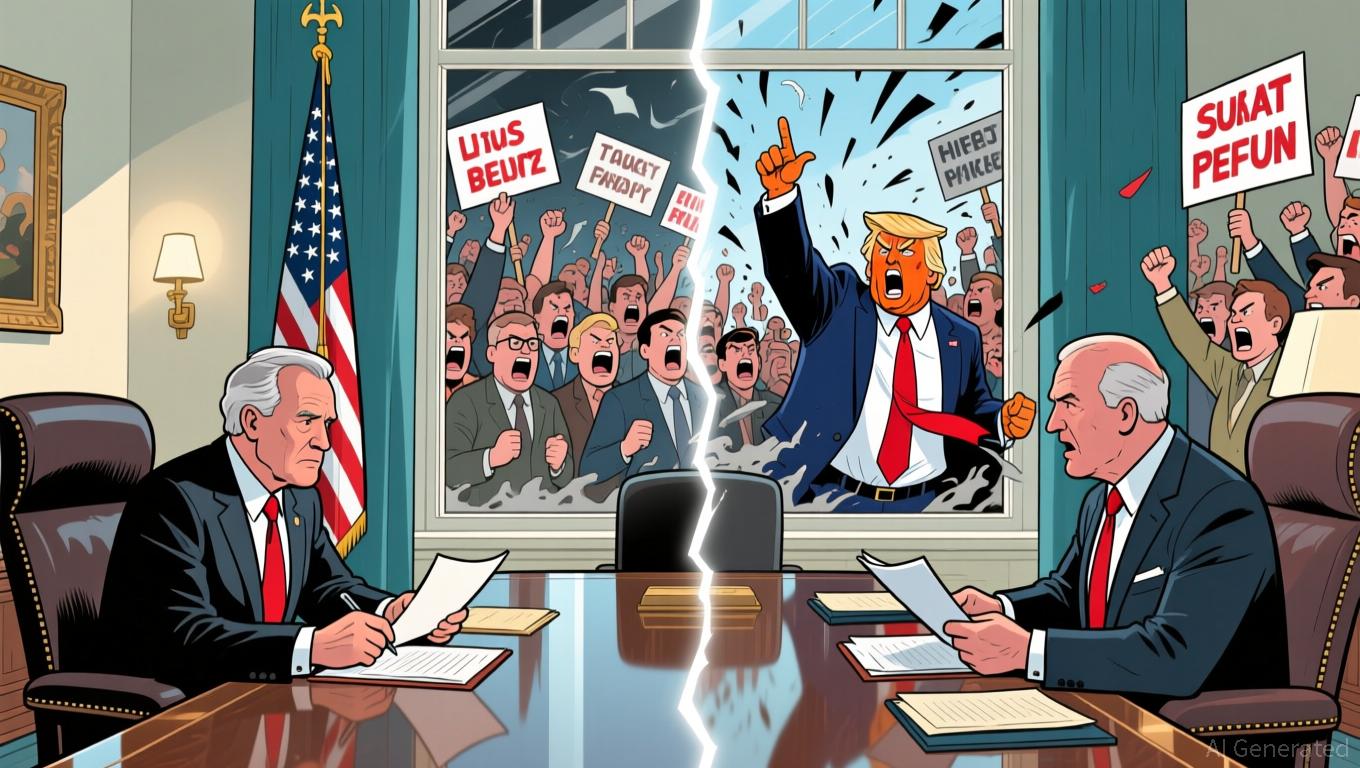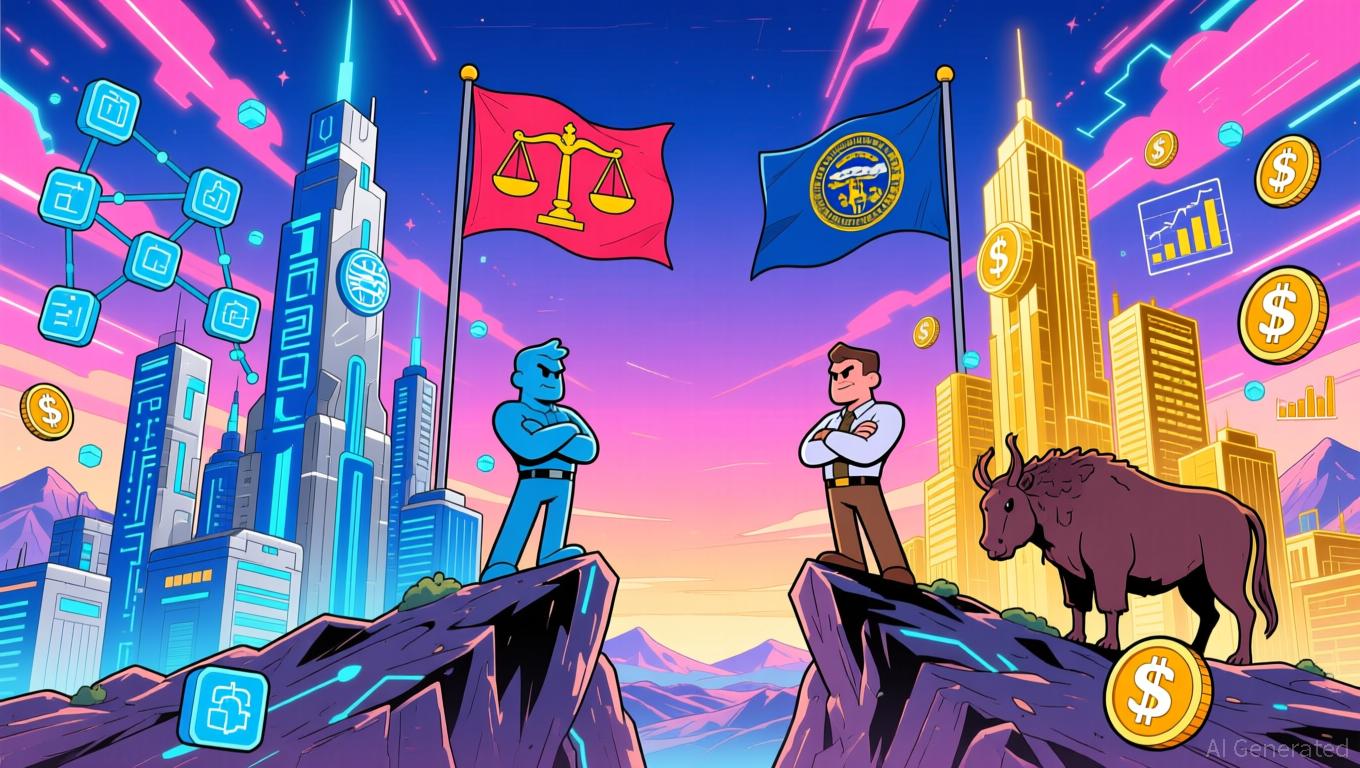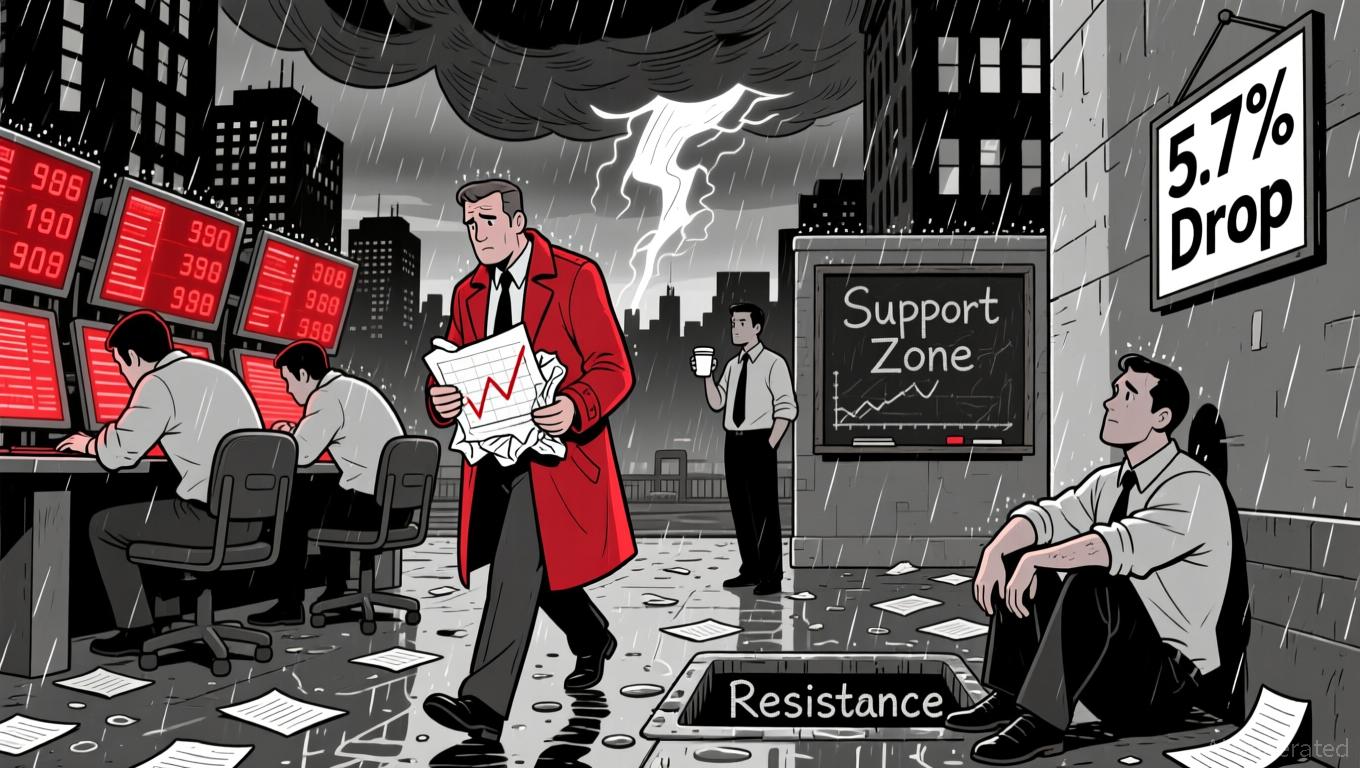TWT's Revamped Tokenomics: Transforming DeFi Rewards and Token Value
- Trust Wallet Token (TWT) reimagines DeFi incentives in 2025 by shifting from governance to gamified utility via the Trust Premium loyalty program. - Tiered rewards (Bronze→Gold) for swapping/staking TWT, combined with a 2020 burn of 88.9B tokens, create scarcity and utility-driven valuation. - Fixed supply and gas discounts embed TWT into daily use, contrasting inflationary models while stabilizing value through sustained engagement. - Partnerships with Ondo Finance link TWT to real-world assets, bridgin
A Gamified Shift: From Governance to Utility
TWT's tokenomics for 2025
The fixed supply aspect of the model further supports this direction.
Disrupting Traditional DeFi Incentives
Conventional DeFi protocols have increasingly incorporated real-world assets (RWAs) and Layer-2 (L2) solutions to boost scalability and attract institutional investors. Yet, these systems often face challenges in retaining users, as they depend on short-term liquidity incentives that can destabilize token prices. TWT’s gamified rewards tackle this by encouraging stronger user involvement. For example,
The loyalty tiers also add a psychological dimension missing from many DeFi platforms. By offering rewards for incremental engagement—such as reaching staking milestones or qualifying for airdrops—TWT fosters a sense of advancement similar to traditional loyalty or gaming programs. This strategy
Valuation Dynamics: Scarcity, Utility, and Real-World Integration
TWT’s approach to valuation sets it apart from standard DeFi metrics like total value locked (TVL), focusing instead on scarcity and real-world use. The 2020 burn event, along with a capped supply, creates a deflationary story that differs from inflationary assets such as
Additionally, TWT’s partnerships with real-world asset providers like
Risks and Considerations
Despite TWT’s promising advantages, there are inherent risks.
Conclusion: A Blueprint for Sustainable DeFi
TWT’s 2025 tokenomics represent a bold new direction for DeFi, putting utility, scarcity, and user loyalty ahead of speculative governance. By gamifying engagement and making the token central to the ecosystem, TWT addresses major issues in traditional DeFi, such as unstable liquidity and short-term focus. As the DeFi landscape progresses, TWT’s strategy serves as a model for projects aiming to combine innovation with lasting growth.
Disclaimer: The content of this article solely reflects the author's opinion and does not represent the platform in any capacity. This article is not intended to serve as a reference for making investment decisions.
You may also like
Trump’s Federal Reserve Shakeup Raises Concerns Over Stagflation and Divides Within GOP
- Trump announced his Fed chair pick but withheld the name, criticizing resistance to removing Powell before his 2026 term ends. - Shortlisted candidates include Waller, Bowman, and Rieder, with Trump hinting at a "standard" choice amid political tensions. - The dispute with Rep. Greene over Epstein files highlights GOP fractures, as Trump accused her of betraying party loyalty. - Critics warn politicizing the Fed risks stagflation, while the Epstein files debate underscores transparency vs. loyalty tensio

Nebraska and Wyoming: The Competition for Leadership in Crypto Banking Intensifies
- Nebraska grants first digital asset bank charter to Telcoin, sparking territorial dispute with Wyoming, a crypto banking pioneer since 2017. - 43-day government shutdown disrupted 680,000 Maryland SNAP recipients and caused 5M travel disruptions due to air traffic controller shortages. - Trump's $82M bond purchases and military strikes on drug-smuggling vessels face conflict-of-interest concerns and international backlash. - Fed credibility questioned after ex-governor Adriana Kugler resigns over illegal

YFI Drops 5.76% Over the Past Week as Overall Market Shows Weakness
- YFI fell 5.76% in 7 days and 44% annually, reflecting broader market weakness and risk-off sentiment. - Analysts link declines to macroeconomic uncertainty, profit-taking, and shifting investor psychology despite no direct catalysts. - Mixed sector updates (Eltek, iQIYI , Zymeworks) highlight varied asset-class responses to current economic conditions. - YFI remains a key digital asset indicator, with stabilization signals closely monitored amid ongoing downward pressure.

Bitcoin’s Abrupt Decline: Should Investors See This as a Chance to Buy or a Cautionary Signal?
- U.S. regulatory changes (GENIUS Act) shifted focus to stablecoins, boosting altcoins while Bitcoin lagged with a 6% price rise. - Institutional investors withdrew $2.9B from crypto ETFs in Q3 2025, exacerbating Bitcoin's decline below $90,000 amid high interest rates. - On-chain data shows extreme fear (index at 10) and whale activity, suggesting a mid-cycle correction rather than a prolonged bear market. - Macroeconomic factors, including AI-driven capital shifts and high yields on traditional assets, f